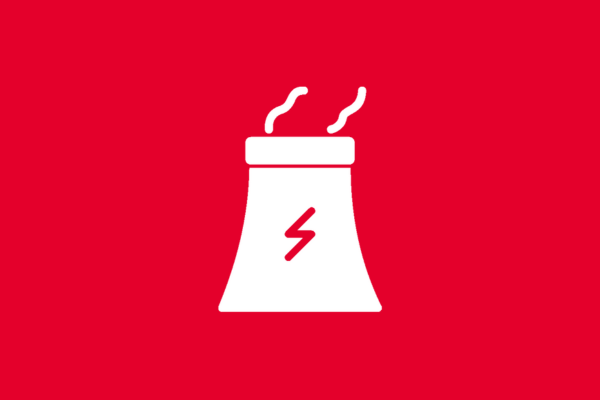1. First law of thermodynamics, heat, work, state quantities of ideal gases, enthalpy, technical work. Basic changes in the p-v diagram.
2. Entropy. The second law of thermodynamics, reversible and irreversible processes, the Carnot cycle, basic changes in the T-s diagram.
3. Real gases and vapors. Boiling and condensation., Thermodynamics of gas flow, moist air, Mollier diagram, basic calculations of moist air processes.
4. Production and use of steam, Vapor heat. Water vapor diagrams. Theoretical and practical steam circulation. Elements of steam circulation.
5. Production of compressed air, ideal and real course of compression. Piston compressor, principle, volumetric efficiency, supplied quantity, power input, division of compression ratio.
6. Turbocompressors. Transport height, static and dynamic component, reaction degree, torque on the shaft, power input, theoretical transported quantity, pressure number, blade shapes. Theoretical and actual characteristics of the turbocompressor, regulation.
7. Thermal circuits of heat engines. Gas turbines.
8. Reverse circulation, heat pumps, cooling systems.
9. Automatic regulation of thermal energy devices. Fuel preparation equipment. Theory of interchangeability of gaseous fuels, implementation of mixing stations in practice.
10. Heating operations. Types, operation and construction of hot water and steam boilers.
11. Cogeneration – combined production of heat and electricity. Heat networks - heat distribution, types and construction of networks, transfer stations, thermal insulation.
12. Transport of water by pumping, transport height. Piston pump, principle, transported quantity, power input, volumetric efficiency, regulation. Centrifugal pumps. Quantity, torque on the shaft, power. Effects on suction height.
2. Entropy. The second law of thermodynamics, reversible and irreversible processes, the Carnot cycle, basic changes in the T-s diagram.
3. Real gases and vapors. Boiling and condensation., Thermodynamics of gas flow, moist air, Mollier diagram, basic calculations of moist air processes.
4. Production and use of steam, Vapor heat. Water vapor diagrams. Theoretical and practical steam circulation. Elements of steam circulation.
5. Production of compressed air, ideal and real course of compression. Piston compressor, principle, volumetric efficiency, supplied quantity, power input, division of compression ratio.
6. Turbocompressors. Transport height, static and dynamic component, reaction degree, torque on the shaft, power input, theoretical transported quantity, pressure number, blade shapes. Theoretical and actual characteristics of the turbocompressor, regulation.
7. Thermal circuits of heat engines. Gas turbines.
8. Reverse circulation, heat pumps, cooling systems.
9. Automatic regulation of thermal energy devices. Fuel preparation equipment. Theory of interchangeability of gaseous fuels, implementation of mixing stations in practice.
10. Heating operations. Types, operation and construction of hot water and steam boilers.
11. Cogeneration – combined production of heat and electricity. Heat networks - heat distribution, types and construction of networks, transfer stations, thermal insulation.
12. Transport of water by pumping, transport height. Piston pump, principle, transported quantity, power input, volumetric efficiency, regulation. Centrifugal pumps. Quantity, torque on the shaft, power. Effects on suction height.
